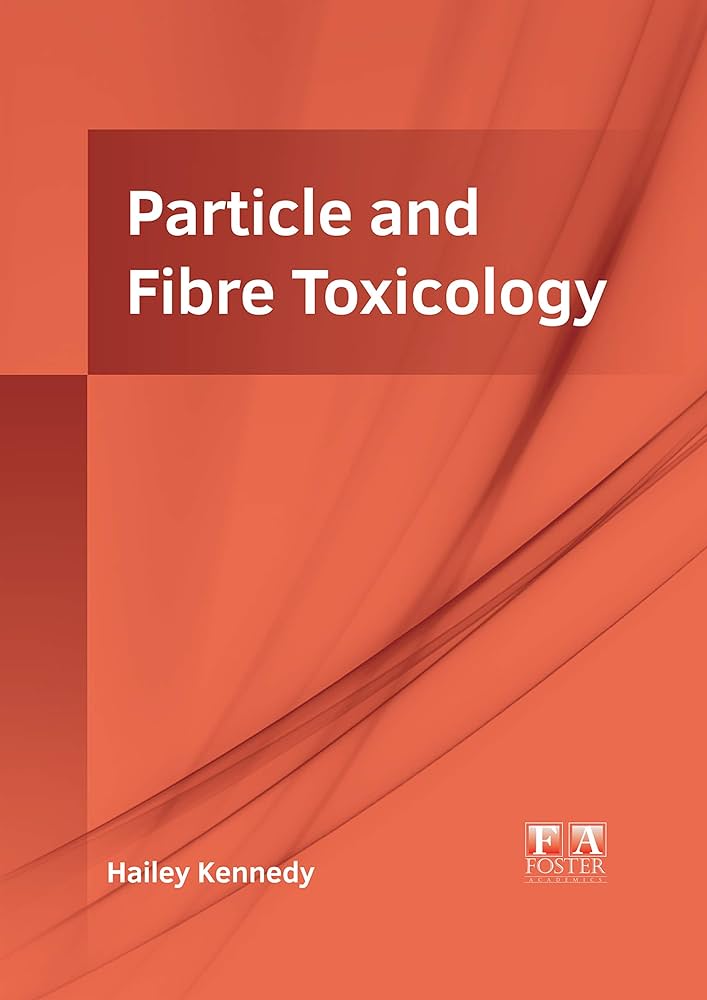沉积在大鼠肺部的炭黑纳米颗粒的多模式肺清除动力学:肺泡巨噬细胞的作用
IF 8.2
1区 医学
Q1 TOXICOLOGY
引用次数: 0
摘要
据预测,肺泡巨噬细胞(AMs)会影响纳米材料的肺清除;然而,人们对它们的定性和定量作用知之甚少。在这项研究中,向 Wistar 大鼠的肺部分别注入了 30、100 和 300 µg/rat 的炭黑纳米粒子(CBNPs)。在灌注后的第 0 天(灌注后立即)、第 1 天、第 7 天、第 28 天、第 60 天和第 90 天,对大鼠肺部、肺相关淋巴结(LALN)、肝脏、脾脏和肾脏等器官中的微粒浓度进行了评估。结果表明 CBNPs 具有多模式肺清除模式:第 28 天前清除速度慢,第 28 至 60 天清除速度快,第 60 至 90 天清除速度慢。为了确定这种独特清除模式的机制,使用氯屈膦酸脂质体(CLO)将 CBNPs 灌入去甲肾上腺素的大鼠体内。灌注 28 天后,经 CLO 处理的大鼠肺中的 CBNP 水平比正常大鼠高出约 31%。此外,经 CLO 处理的 LALN 中的 CBNPs 浓度在第 28 天显著增加,而在正常大鼠体内则未检测到 CBNPs。这一结果突出表明,溶解性差的 NPs 在肺中长时间滞留至第 28 天是由 AMs 的吞噬作用介导的,而第 28-60 天之间的快速清除则是由于 AMs 的更替时间(估计在出生后 1-2 个月左右)。同样,新一代 AMs 在第 60 天至第 90 天的慢速阶段起着介导作用。然而,要了解多模式清除机制以及对难溶性 NPs 肺清除的调节作用,还需要进一步的研究。本文章由计算机程序翻译,如有差异,请以英文原文为准。
Multimodal pulmonary clearance kinetics of carbon black nanoparticles deposited in the lungs of rats: the role of alveolar macrophages
Alveolar macrophages (AMs) have been predicted to affect the pulmonary clearance of nanomaterials; however, their qualitative and quantitative roles are poorly understood. In this study, carbon black nanoparticles (CBNPs) were instilled into the lungs of Wistar rats at 30, 100, and 300 µg/rat. The concentrations of particles in organs, including the lung, lung-associated lymph nodes (LALN), liver, spleen, and kidney, were evaluated at days 0 (immediately after instillation), 1, 7, 28, 60, and 90 post-instillation. The results indicated a multimodal pulmonary clearance pattern for CBNPs: slow clearance until day 28, fast clearance from days 28 to 60, and slow clearance from days 60 to 90. To determine the mechanism of this unique clearance pattern, CBNPs were instilled into AM-depleted rats using clodronate liposomes (CLO). At 28 days after instillation, the CBNP levels in the lungs treated with CLO showed about 31% higher reduction than in normal rats. In addition, the concentration of CBNPs in LALN treated with CLO significantly increased on day 28, whereas in normal rats, no detectable levels were observed. This result highlights that the prolonged retention of poorly soluble NPs in the lung until day 28 is mediated by the phagocytosis of AMs, and the fast clearance between days 28–60 is due to the turnover time of AMs, estimated around 1–2 months after birth. Similarly, new generations of AMs mediate the slow phase between days 60 and 90. However, further studies are needed to understand the multimodal clearance mechanism and the modulation of pulmonary clearance of poorly soluble NPs.
求助全文
通过发布文献求助,成功后即可免费获取论文全文。
去求助
来源期刊

Particle and Fibre Toxicology
TOXICOLOGY-
CiteScore
15.90
自引率
4.00%
发文量
69
审稿时长
6 months
期刊介绍:
Particle and Fibre Toxicology is an online journal that is open access and peer-reviewed. It covers a range of disciplines such as material science, biomaterials, and nanomedicine, focusing on the toxicological effects of particles and fibres. The journal serves as a platform for scientific debate and communication among toxicologists and scientists from different fields who work with particle and fibre materials. The main objective of the journal is to deepen our understanding of the physico-chemical properties of particles, their potential for human exposure, and the resulting biological effects. It also addresses regulatory issues related to particle exposure in workplaces and the general environment. Moreover, the journal recognizes that there are various situations where particles can pose a toxicological threat, such as the use of old materials in new applications or the introduction of new materials altogether. By encompassing all these disciplines, Particle and Fibre Toxicology provides a comprehensive source for research in this field.
 求助内容:
求助内容: 应助结果提醒方式:
应助结果提醒方式:


